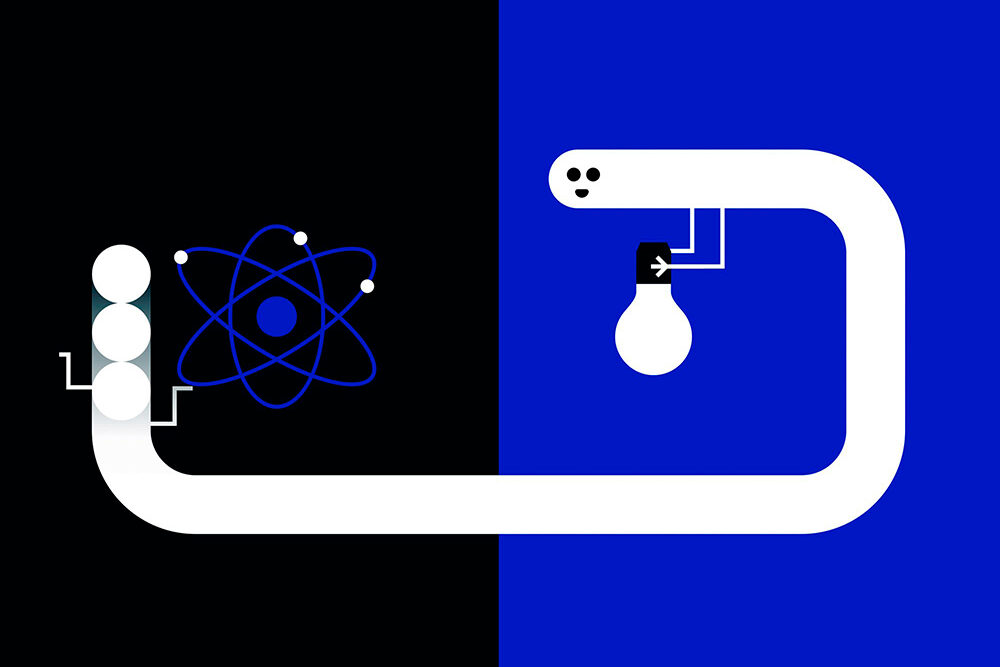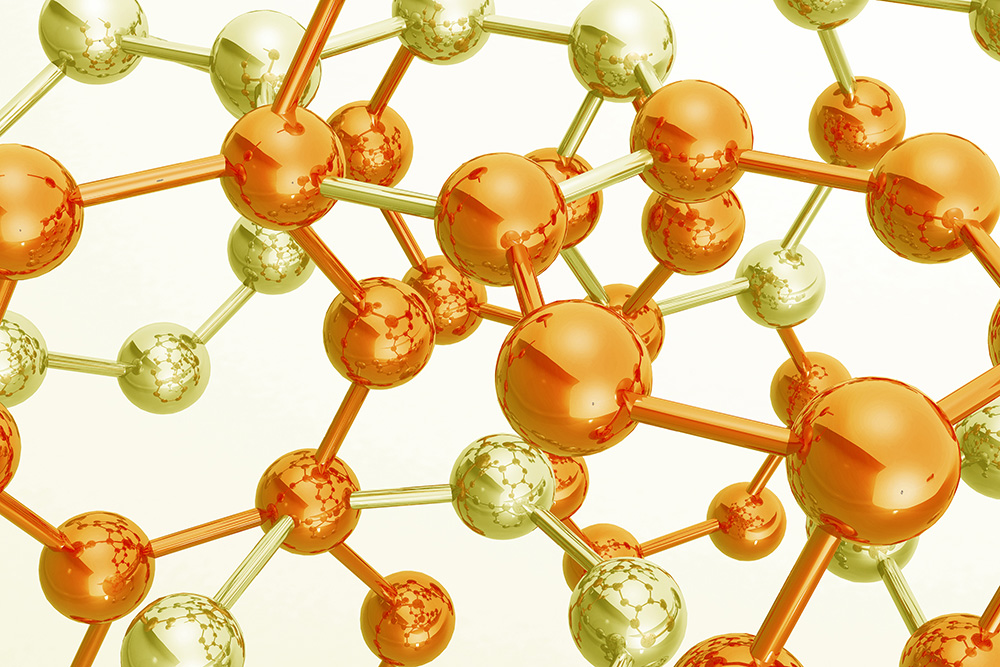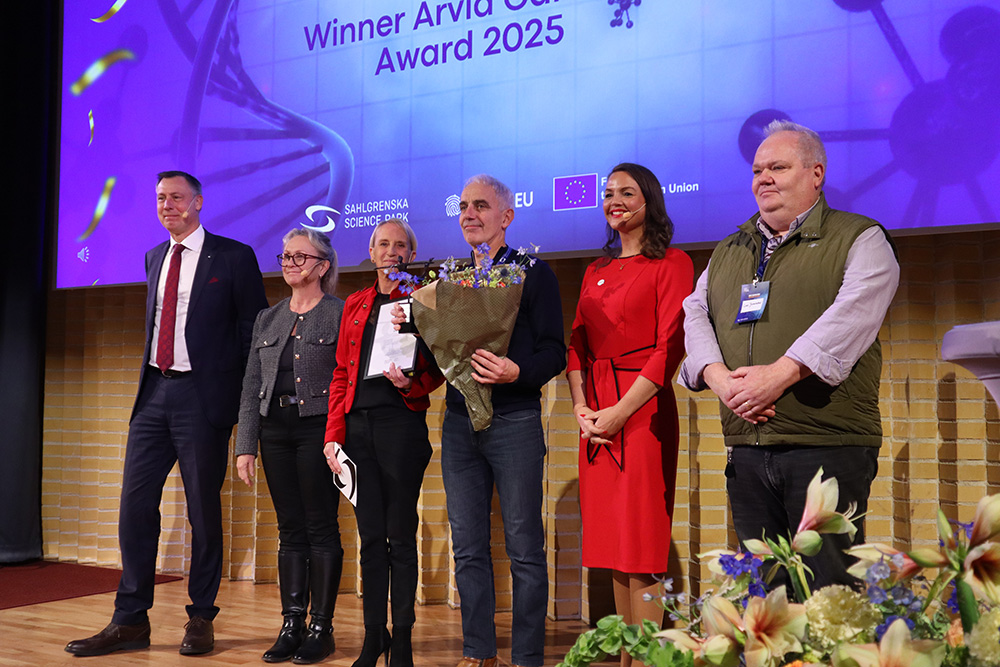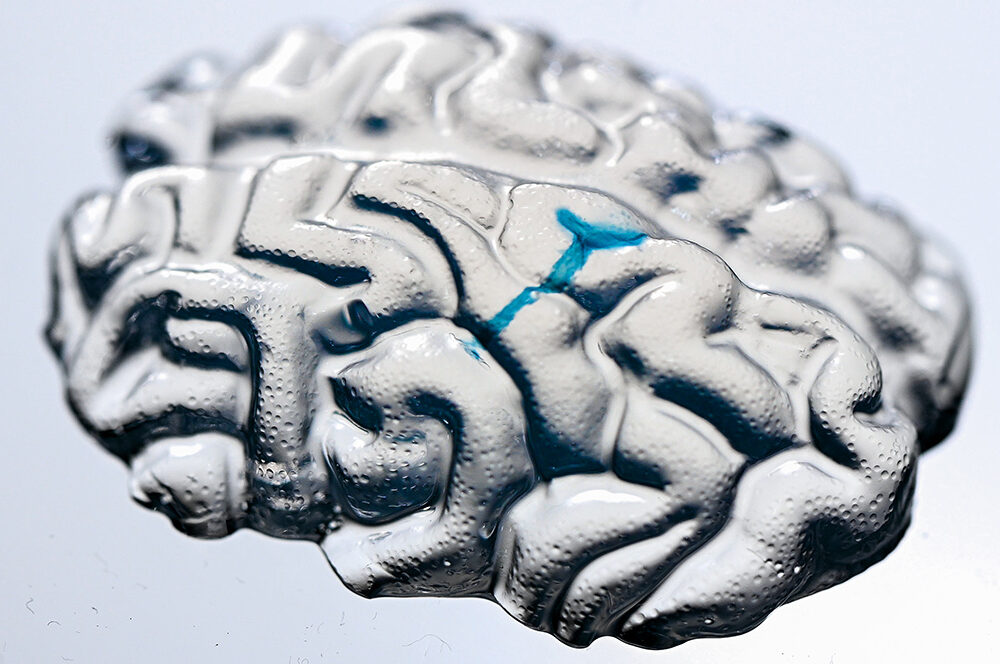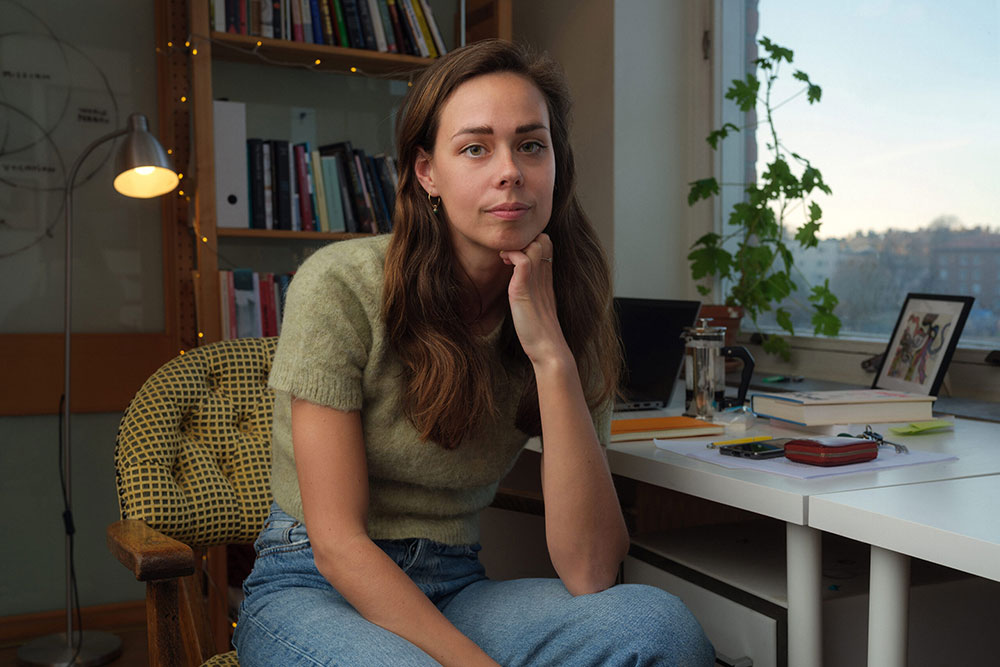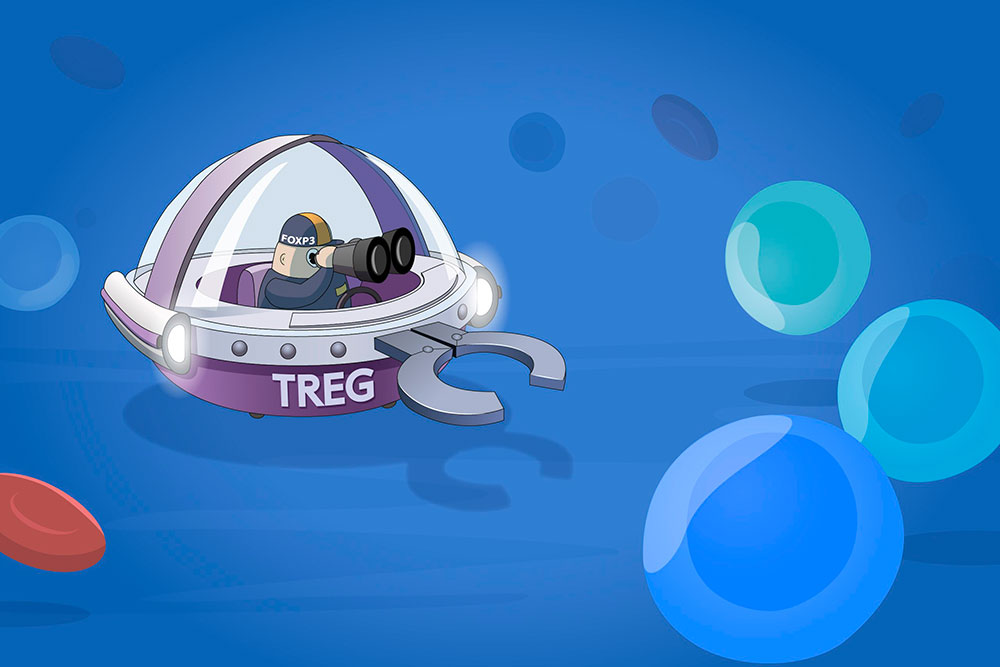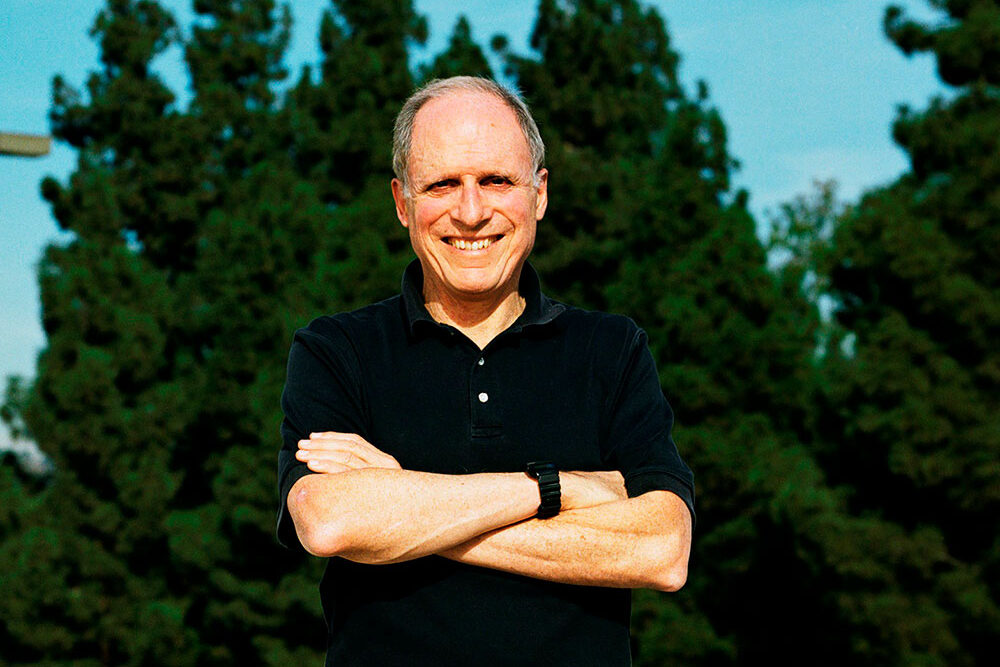The Nobel Prize in Chemistry honors the development of metal-organic frameworks
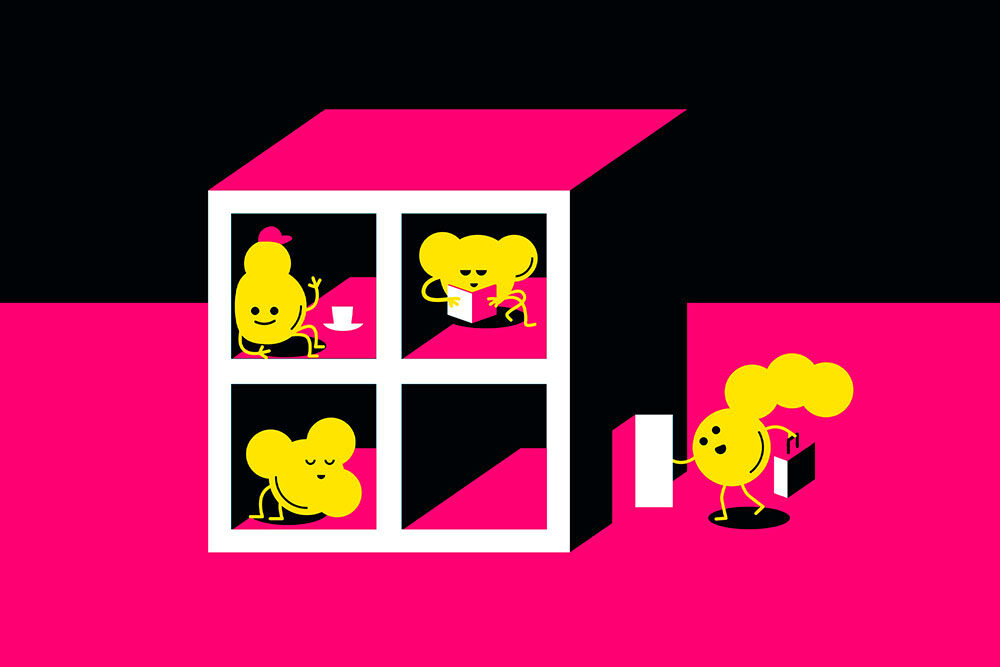
The Royal Swedish Academy of Sciences has decided to award Susumu Kitagawa, Richard Robson, and Omar M. Yaghi the Nobel Prize in Chemistry 2025.
The Nobel Prize laureates in Chemistry 2025 have created molecular constructions with large spaces through which gases and other chemicals can flow. These constructions, metal-organic frameworks, can be used to harvest water from desert air, capture carbon dioxide, store toxic gases or catalyze chemical reactions.
“Metal-organic frameworks have enormous potential, bringing previously unforeseen opportunities for custom-made materials with new functions,” says Heiner Linke, Chair of the Nobel Committee for Chemistry.
Life science applications
The many desirable properties of the frameworks have led to a large variety of applications, describes the Royal Swedish Academy of Sciences. Life science applications include analytical chemistry and (bio)sensors, separation science, synthesis and catalysis, drug delivery and imaging, diagnostics/therapy, and breaking down traces of pharmaceuticals in the environment.
The Laureates
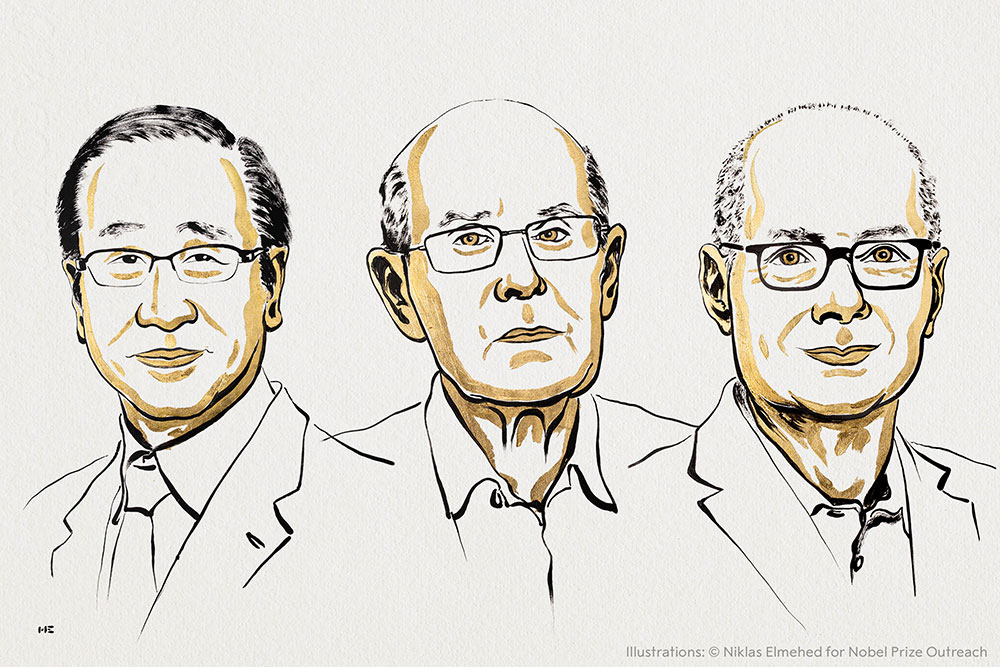
Susumu Kitagawa, born 1951 in Kyoto, Japan. PhD 1979 from Kyoto University, Japan. Professor at Kyoto University, Japan.
Richard Robson, born 1937 in Glusburn, UK. PhD 1962 from University of Oxford, UK. Professor at University of Melbourne, Australia.
Omar M. Yaghi, Born 1965 in Amman, Jordan. PhD 1990 from University of Illinois Urbana-Champaign, USA. Professor at University of California, Berkeley, USA.
Published: October 8, 2025
